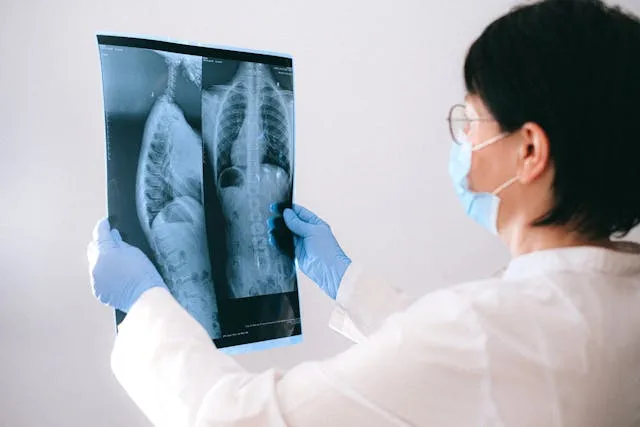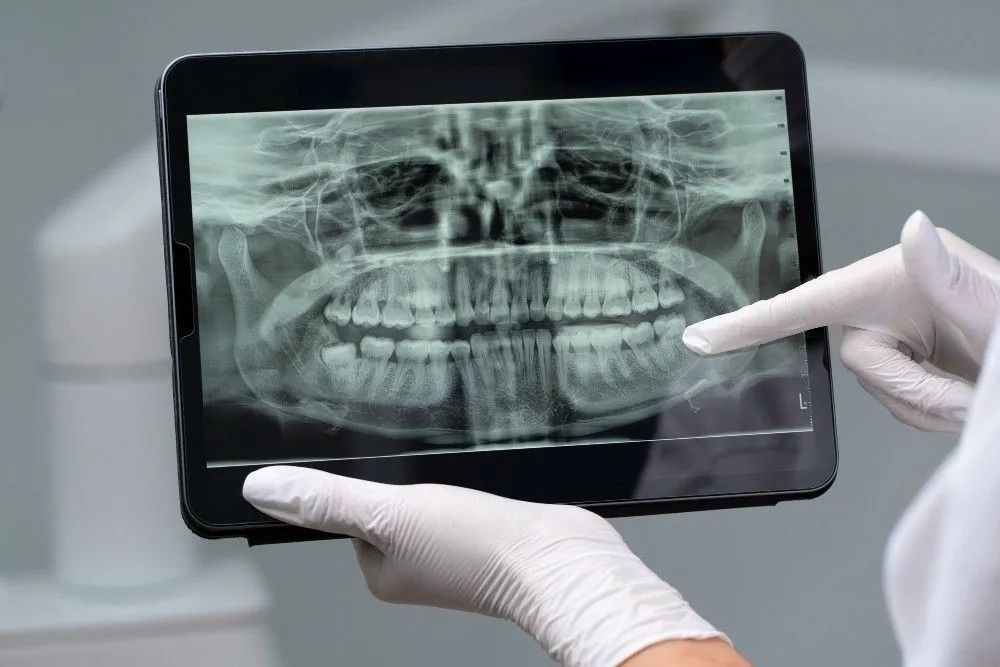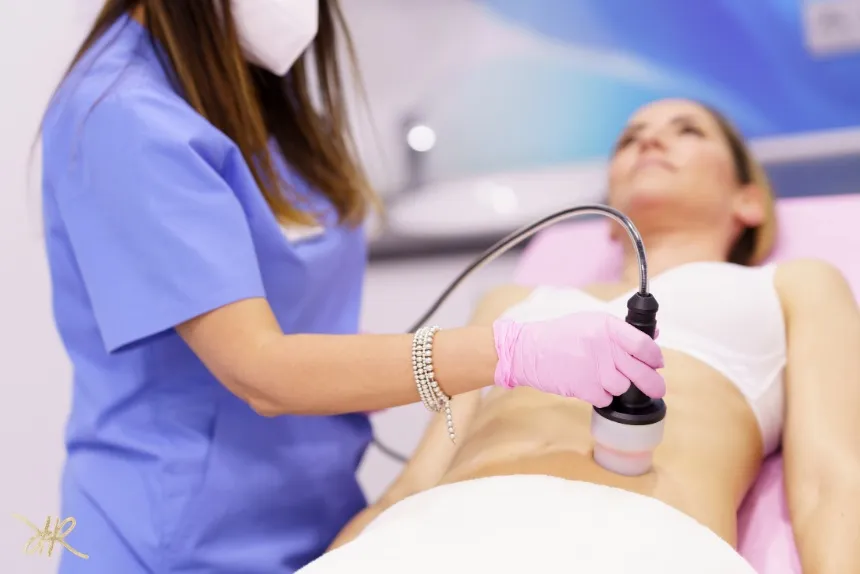|
TURP surgery rarely affects lifespan directly. Survival depends more on age, overall health, and lifestyle. Most men match the life expectancy of their peers while enjoying relief from urinary symptoms. |
If you or a loved one is considering TURP surgery, it’s natural to wonder about the life expectancy after TURP surgery. This isn’t just about improving urinary symptoms; it’s about understanding whether the procedure can impact how long and how well you live. While there’s no single answer for everyone, your outcome depends on what the surgery can successfully treat, what it cannot, and the overall state of your health before and after the operation.
Life Expectancy After TURP Surgery
The TURP procedure for an enlarged prostate is done to get rid of one thing: urinary blockage from benign prostatic hyperplasia (BPH). That’s it. The operation doesn’t have a magic button for a longer life. It’s a tool for comfort, not a stopwatch for your years.
The thing is, BPH can make life miserable. Poor sleep, repeated bathroom trips, and bladder strain aren’t just annoyances; they wear the body down over time. TURP helps stop that spiral.
Long-term data even backs up the safety: in men with benign TURP histology, the 15-year prostate cancer–specific mortality was 1.4% overall, and only 0.8% if PSA was under 10 ng/mL at baseline. So yes, most men do just fine from a survival standpoint.
The basics to know
-
It’s not life-shortening on its own.
-
Symptom relief is the big win.
-
Overall health still calls the shots.
So when people talk about life expectancy after TURP surgery, what they’re really talking about is how the surgery can help them live better, not necessarily longer.
Factors That Influence Life Expectancy Post-TURP Surgery
Now, if you really want to know how TURP fits into the bigger picture, you have to zoom out. The operation might be a chapter, but it’s not the whole book.
1. Age at the Time of Surgery
Let’s face it, age sets a baseline. A man having a TURP at 55 is in a different place than one at 82. Younger patients usually bounce back faster and enjoy the results longer. Older patients can still see major benefits, especially in quality of life, but recovery can take more patience.
2. Overall Health and Pre-Existing Conditions
If heart disease, diabetes, or kidney issues are already on the table, they’ll weigh more on life expectancy than TURP will. The surgery helps the plumbing, but the rest of the house still needs care.
-
Keep blood sugar stable.
-
Watch blood pressure.
-
Check kidney function regularly.
3. Recovery and Complications
The TURP survival rate is high; most studies peg success around 85–90%. But small risks exist. A few men deal with lingering bleeding or infection early on. Longer term, retrograde ejaculation or urgency can stick around.
Recovery stages and possible bumps:
|
Stage |
Timeline |
Possible Issues |
|
Initial healing |
1–3 weeks |
Mild burning, light bleeding |
|
Full tissue repair |
4–6 weeks |
Temporary leakage or urgency |
|
Long-term adjustment |
3–6 months |
Ejaculation changes, urgency flare |
4. Lifestyle Habits
Diet, movement, and smoking matter more than people admit. A high-fiber diet keeps bowel pressure off the prostate area. Light exercise improves circulation. Smoking? It’s a slow drain on healing and blood flow.
TURP Surgery Survival Rates vs. General Population
When you line up men who’ve had TURP against the general male population of the same age, survival rates aren’t wildly different. The death risk during surgery is tiny, around 0.1–0.2%.
Without surgery, though? Long-term bladder damage or kidney problems from constant retention can chip away at health. In that sense, TURP can prevent some future trouble. For older men, especially, that’s not a small deal.
How to Improve Life Expectancy After TURP Surgery
Look, surgery is the reset. What happens after decides the rest. Want the best odds? Treat recovery as a team sport with your urologist, GP, and your own discipline.
-
Keep every follow-up appointment.
-
Report changes, especially trouble urinating, fast.
-
Stay active without overdoing it.
-
Keep tabs on your heart and metabolic health.
With that approach, life after TURP surgery can feel like the best version of normal, just without the constant bathroom interruptions.
Risks and Complications That Could Affect Longevity
Not trying to sugarcoat it, TURP surgery complications can happen. Most are manageable, but a few can affect overall well-being.
-
Retrograde ejaculation (common and usually permanent).
-
Erectile dysfunction in some men.
-
Chronic urgency or leakage.
-
Rarely, TURP syndrome occurs from fluid absorption during surgery.
While most won’t cut years off your life, they can impact comfort, and in older adults, recurring infections from urinary issues can become serious.
Latest Research and Expert Opinions
Recent research in the Urology Journal puts it plainly: TURP’s main benefit for life expectancy is indirect. It lowers the risk of complications from untreated BPH, but heart, lung, and other systemic health factors still rule the timeline.
Urologists treating elderly men often say it’s less about adding years, more about making the ones ahead less of a struggle.
Conclusion
In the big picture, TURP surgery life expectancy comes down to the same things that mattered before the operation: age, health, and habits. The surgery clears a major obstacle to comfort and protects against urinary complications, but it’s not a guarantee of more years. For many men, though, it makes those years a whole lot easier to live.
Frequently Asked Questions
How is the quality of life after TURP surgery?
The quality of life after TURP surgery is normal but patients may need to make some lifestyle changes for better results and minimal complications.
What is the most common long-term complication of TURP?
Retrograde ejaculation is a common long-term TURP complication, affecting 65%-75% of males.
Can TURP lower prostate cancer risk?
No. It treats tissue overgrowth from BPH, not cancer prevention. Regular PSA checks and exams are still needed.
How long can you live after TURP surgery if you’re otherwise healthy?
Many live decades with no surgery-related limit. Other health conditions play a bigger role.
Does it affect sexual ability forever?
Retrograde ejaculation often stays, but erections usually recover with time and, if needed, treatment.
Is TURP the only fix for BPH?
No. Laser therapy and minimally invasive lifts exist, but TURP is still the standard for severe blockage.
Is it worth it for men over 75?
If symptoms are bad, yes. It reduces retention, infection risk, and improves comfort, often worth the small surgical risk.
Reviewed by







